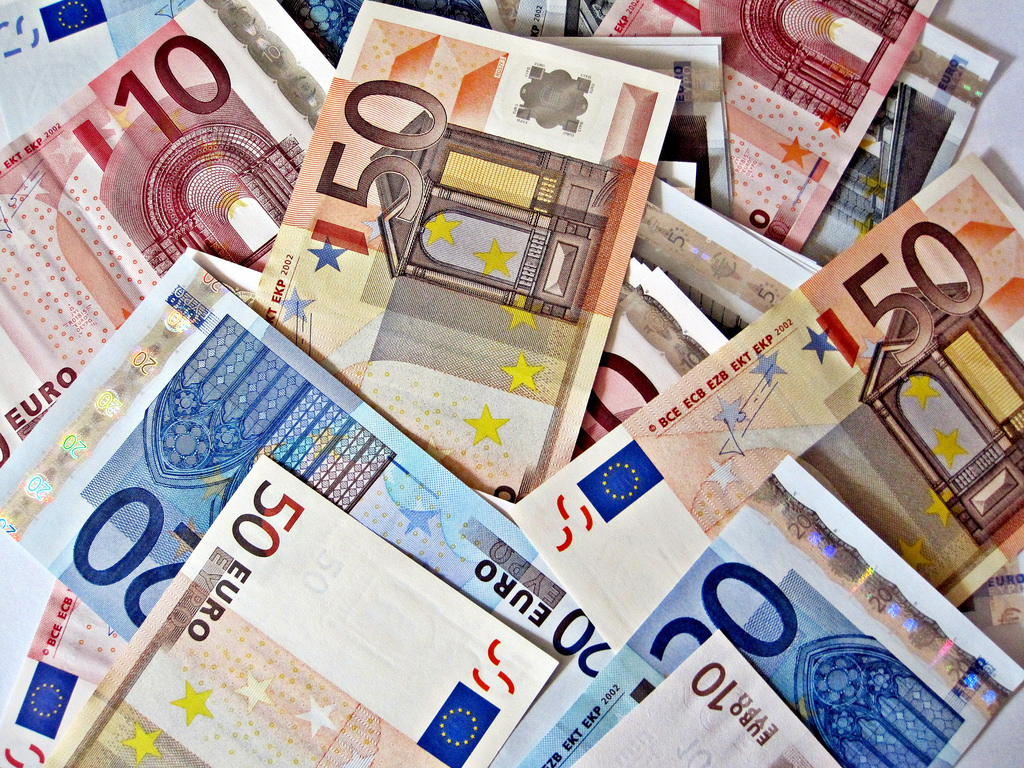Euro falls as euro zone economy shows more signs it's beginning to sputter

The euro fell broadly on Friday as the eurozone economy showed more signs it's beginning to sputter, while the dollar made some headway as investors turned nervous about a slowdown in China.
The single currency was hurt on Thursday when the European Central Bank cut forecasts for economic growth and inflation. The currency's drop was modest, but it underscored concerns about an economic slowdown and the central bank's caution as it ends its bond-buying scheme and tries to wean the region off stimulus.
On Friday, German data showed private-sector expansion slowed to a four-year low in December. French business activity unexpectedly contracted, further fanning fears about slowing growth in the euro area.
"The ECB meeting was perceived as rather dovish," said Thu Lan Nguyen, Frankfurt-based currencies strategist at Commerzbank. "Now the hard data, or the PMIs, support the view that the risks are moving to the downside."
The ECB has said it plans to hold rates at rock-bottom levels through the summer of 2019, but Nguyen said she doesn't expect the central bank to tighten policy until 2020 as a weaker economy encourages it to keep the stimulus taps running.
The euro fell half a per cent to $1.1285, its lowest in two weeks.
"The euro simply lacks domestic catalysts for a more meaningful rally," ING analysts wrote in a note to clients.
The single currency also fell versus the franc, dropping 0.3 per cent to 1.1263 francs.
The dollar gained as weak economic data in China encouraged investors into the perceived safety of the U.S. currency and as the euro and pound came under pressure, the latter because of renewed concerns about Britain's withdrawal from the European Union.
The dollar, up 1 per cent since Monday, is headed for its best weekly performance since August.
The Federal Reserve holds its last monetary policy meeting next week, at which it is widely expected to raise rates for the fourth time this year. For 2019, traders are split on how far along the central bank is on its rate-hiking cycle.
Against a basket of its peers, the dollar rose 0.5 per cent by 1125 GMT, with its index at 97.511.
Elsewhere, the Chinese yuan fell after data showed retail sales grew in November at their slowest pace since 2003 and industrial output rose the least in nearly three years. The offshore yuan dropped 0.4 per cent to 6.9037.
The Australian dollar, viewed as a gauge of sentiment towards China, which is Australia's largest trading partner, lost 0.8 per cent to $0.7169.
The yen was unchanged at 113.59 yen per dollar.
Sterling fell 0.6 per cent to $1.2683 as traders worried Prime Minister Theresa May was struggling to secure assurances from the EU over her Brexit withdrawal deal.
(With inputs from agencies.)










